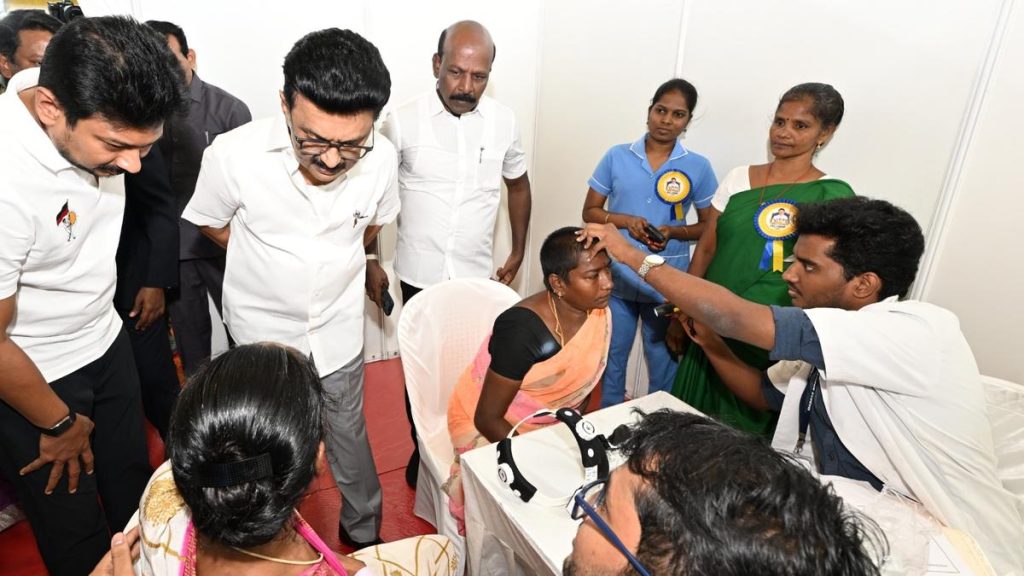Now Reading: Rise in Online ADHD Diagnoses: How Common Is It?
-
01
Rise in Online ADHD Diagnoses: How Common Is It?
Rise in Online ADHD Diagnoses: How Common Is It?

Quick Summary
- Around 11% of U.S. children are diagnosed with Attention-Deficit/hyperactivity Disorder (ADHD), according to the CDC.
- ADHD is caused by differences in brain structure, including imbalances in dopamine and norepinephrine neurotransmitters.
- Boys are more likely to be diagnosed than girls due to their higher incidence of disruptive behaviors; girls often exhibit inattentiveness that impacts schoolwork without disrupting class.
- Approximately 6% of adults have ADHD, as diagnoses were less common when they were children.
- Increased ADHD diagnoses may stem from improved recognition by doctors rather than a rise in prevalence. Moreover, reduced societal stigma around mental health has helped increase awareness and visibility online.
- Social media platforms like TikTok have amplified discussions around ADHD but may contribute to self-labeling or misinterpretations due to algorithmically promoted content reflecting universal traits such as forgetfulness or impulsivity.
- Researchers from Stanford University contend that TikTok’s rapid video format may negatively impact attention spans, termed “TikTok Brain.”
Read More:
ADHD Can Carry into Adulthood, and Could Lead to Depression and Anxiety
Indian Opinion Analysis
The increasing discourse on ADHD-both medically and socially-provides valuable insights for India’s evolving conversations on mental health. While the article primarily focuses on U.S.-based data, similar social stigmas might exist within Indian society.Reduced stigma globally offers lessons for India’s healthcare sector in improving diagnosis rates without fear of societal misconception.
India faces challenges with social media usage perhaps affecting attention spans among youth-a phenomenon described as “TikTok Brain.” Platforms widely consumed by Indian adolescents could be contributing similarly. This growing issue highlights the importance of critically engaging with technology while promoting awareness about neurological conditions like ADHD.
For policymakers and educators in India, understanding these trends can guide proactive measures toward creating supportive environments for diagnosis accuracy without fostering self-labeling behavior.
Read More:
Prehistoric Humans had ADHD Too: The Trait may Not Suit Modern Life

























